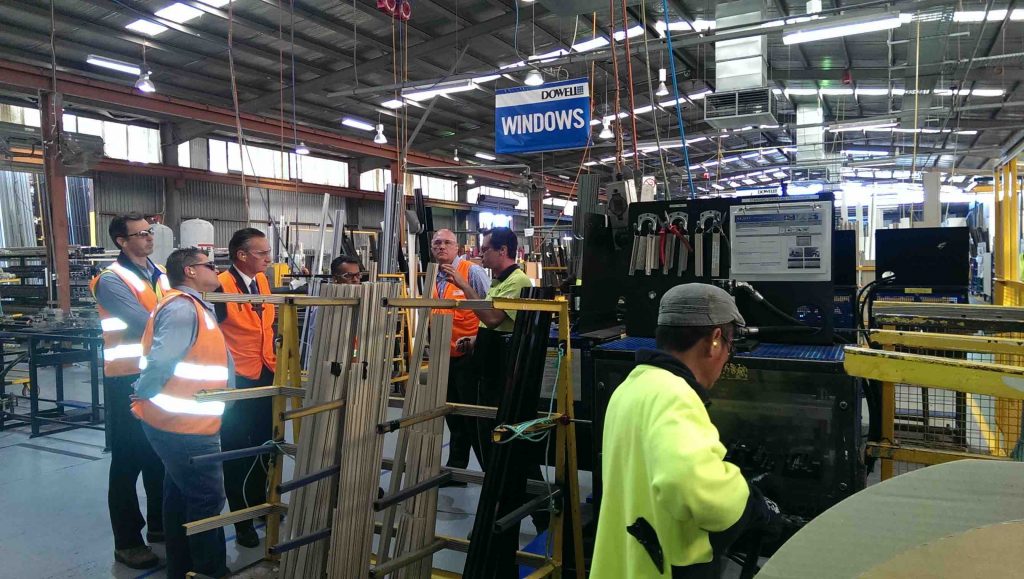Is there a way for people not to “roll their eyes” when the “Lean” word is out of the bag?
Having worked in many different types of industry and corresponded with a cross-section of the workforce, we have to wonder whether there a way to better connect with people who give this initial response at the start of a Lean project.
What is a “Quick Win?
A Quick Win is a implementing an improvement with minimal effort.
Let’s start with the view that a “Lean” business is ultimately trying to improve. In order to improve the business has to focus on growing people and building a culture that works. That’s where the quick wins approach can work well. Then we can define the big goals and use Lean tools to reach those objectives.
With the right initial steps in place, we don’t need to sell lean to people, because lean has to be pulled, not pushed. A Lean project may have started at a higher level of the business than the people that will initially be working with it. You, therefore, have to create a “pull” where those people will want to do more with continuous improvement.
Starting out, the Lean framework of tools provides a good starting point. These tools engage people to look at their processes, ask questions, trial different approaches and find a solution that works for them and their goals.
How We Apply the Quick Wins Approach
In short, this is how Quick Wins are applied:
- Focus On a Small Work Area
- Don’t Use “Lean Jargon”
- Solving Problems to Reach Your Goals
- Start Small
Sometimes there are areas within a company that just don’t want to take part in continuous improvement, because they may be too entrenched in the “old way” of doing the work. They may also think that their jobs are way too creative, have a high variation or that highly specialised skills are needed. They often are not in a manufacturing role and just “know” that Lean will never work for them.
While these initial concerns are very important and need to be managed, there is NEVER a situation that lean ideas can’t be applied to, in some form.
Here is how we can get started on continuous improvement in more detail.
1. Focus On a Small Work Area
Develop the quick win first by applying simple tools such as housekeeping, visual management, routine tasks or 5S. These wins help to unlock the bigger picture. If people aren’t interested in seeing a big picture view, it is best not to start explaining it and focus on what can be done. Often the big picture is too far away for people to relate to in the beginning stages.
2. Don’t Use Japanese Words or “Lean Jargon”
Jargon words themselves can create confusion and setup certain outcomes that can be negative. Spend time using your language to describe the events in familiar words and phrases that exist on site. Removing this barrier at the beginning will improve the coming in this situation.
3. Lean Implementation Is About Solving Problems to Reach Your Goals
Often people are not interested in using problems solving tools and have been reluctant to undertake training. However most of the time they can tell you what the “problem is” and what the solution “should be” in their area. Out of this conversation, we have the start of a problem statement and the gap maybe between current and future state. Getting this right can lead to working with concern strips, the PDCA approach and A3 reporting tools.
4. Start Small, Within Your Small Area, and Get Those Quick Wins Happening
Most people don’t like being told what to do (this may be something we all share from our childhood), however, we do like be in control of what is around us. If the improvements start small such as with setting up a shadow board or basic visual metric, we can make a start without triggering this defensiveness. Work at removing the local wastes, frustrations or simplifying complex processes to help gain momentum and to continuously improve.
So for those who roll their eyes at lean, keep it real and applicable, with a team focus. Linking the quick wins across small areas, while continuing to engage your people in problem-solving. They will be “doing Lean” before they know it!






